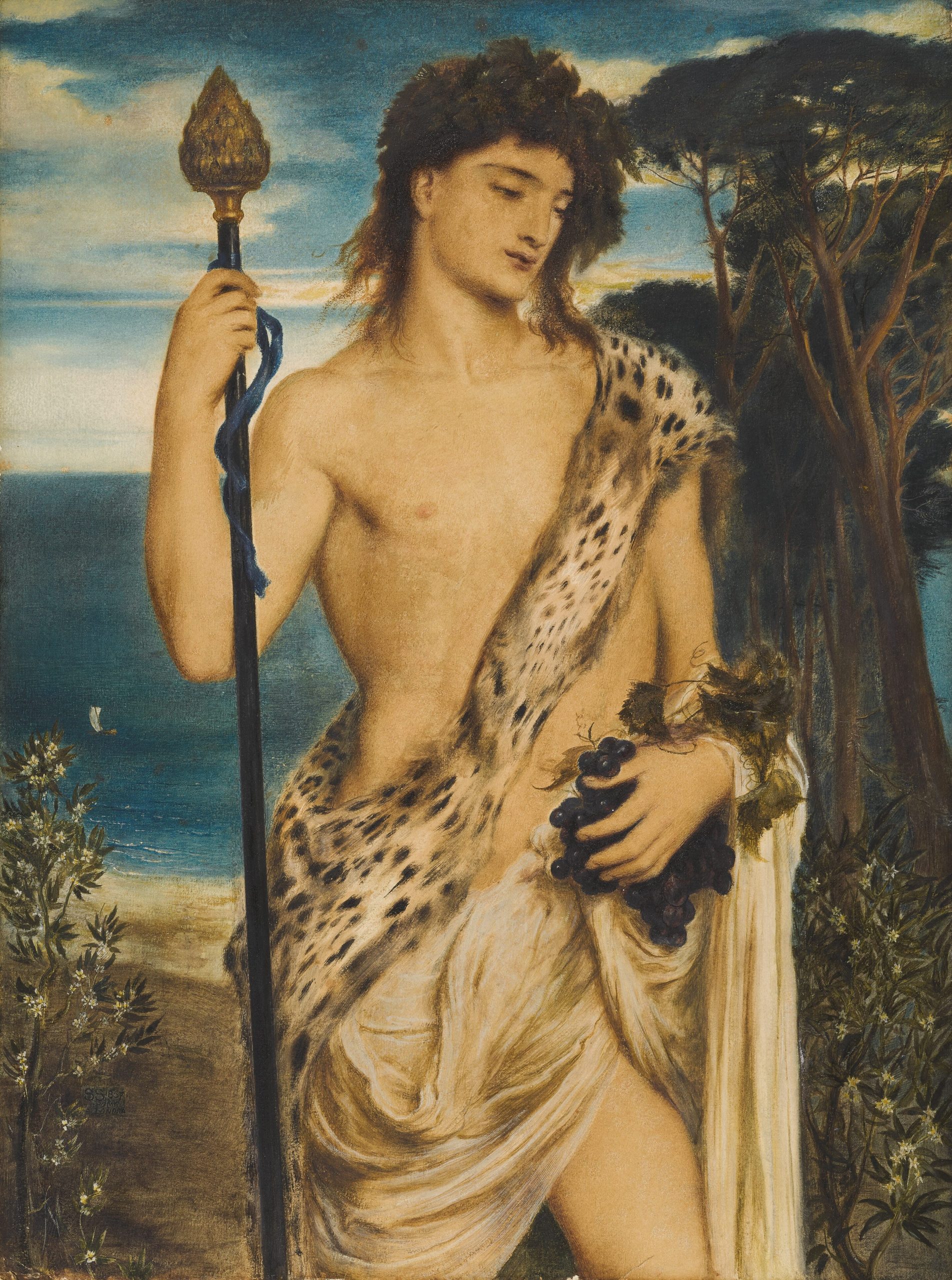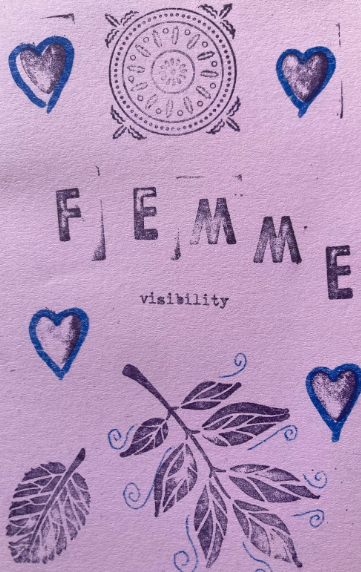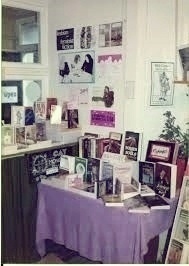Category: LGBT+
-

Dorian the Maenad
Lavender Menace volunteer, Michael, explores the queer links between The Picture of Dorian Gray and the Cult of Dionysus.
-

Lavender and Menaces
The clothed lesbian body as a tool of resistance, the sapphic significance of purple, and the making of the modern-day femme
-

A Lavender Attic
‘LGBT+ archives,’ says Gerard Koskovich of the GLBT Historical Society of San Francisco, ‘are your queer grandma’s attic’. They are the place where younger generations will find our legacy.
-
Murder in the Collective
Murder in the Collective by Barbara WilsonWomen’s Press, 1984ISBN 0704339439 ‘Safe spaces’ in 1984 were thin on the ground ‘Safe spaces’ for queer people were rarely heard of in 1984. […]
